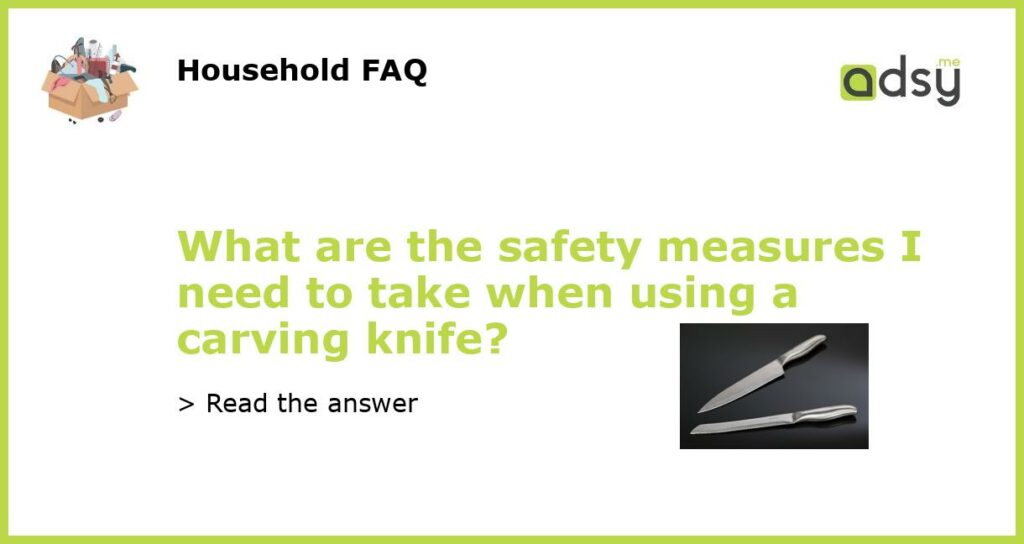Understanding the risks when using a carving knife
A carving knife is an essential tool in any kitchen, especially when it comes to cutting large meats or poultry. However, this powerful tool must be used with caution, as it can cause serious injuries if not handled properly. As such, it is important to understand the risks associated with using a carving knife.
Choosing the right carving knife
The first safety measure you can take is choosing the right carving knife. Opting for a high-quality carving knife with a sharp blade can reduce the risk of slippage and other accidents. It is recommended to go for a knife with a comfortable handle to allow for better grip and control.
Proper handling techniques
Carving knives can be dangerous when not handled correctly. Therefore it’s important to use proper techniques when gripping the knife’s handle. Avoid holding the knife with your fingers extended over the handle. Instead, use a firm grip and maintain a safe distance between the blade and your fingers. Always cut away from your body to prevent any injuries on your hands.
Maintaining knife sharpness
Using a dull knife is one of the main reasons for accidents when carving. Dull knives can easily slip, potentially causing serious cuts. Make sure to maintain your knife’s sharpness by sharpening it regularly with a sharpening stone or a honing rod.
Proper storage and maintenance
Properly storing and maintaining your carving knife can also help reduce the risk of injury. Always store your knife in a designated protective sheath and keep it in a safe place away from children’s reach. Always clean your knife thoroughly after use, and never toss it in the dishwasher as it can lead to dulling or damaging of the blade.






